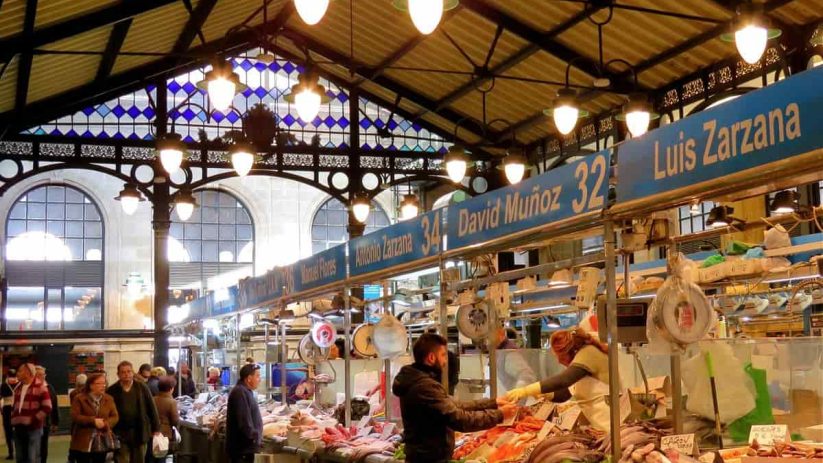Starting the Camino de Santiago is a soulful, spiritual journey and a culinary adventure that excites the taste buds. The Camino weaves through various regions, each offering unique and delectable dishes that reflect the rich cultural heritage of Spain. This guide will take you through the culinary delights that await you on the Camino, ensuring your journey is as pleasing to the palate as it is to the heart.
The Essence of Camino Cuisine
So, what is there to eat on the Camino? The Camino’s culinary landscape is as varied as its scenery, with each region boasting its own traditional dishes and ingredients. The Camino offers diverse foods, from hearty northern stews to fresh coastal seafood, catering to all tastes and dietary needs.
Northern Delicacies
The Atlantic Ocean heavily influences the cuisine in the northern regions like Galicia, Asturias, and Cantabria. Here, seafood takes centre stage, with dishes like pulpo a la gallega (Galician-style octopus) and mariscadas (seafood platters) being must-try items. The north is also famous for its hearty stews and soups, such as caldo gallego (Galician broth) and fabada asturiana (Asturian bean stew), perfect for replenishing energy after a long day’s walk.
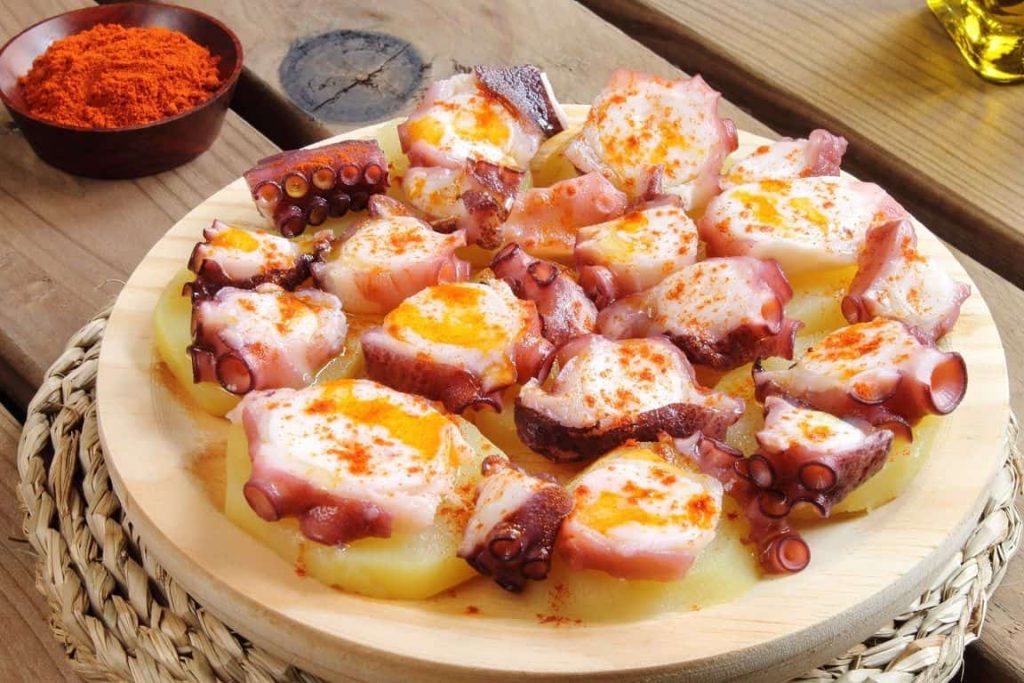
The Flavours of the Meseta
The Meseta, the vast central plateau of Spain, offers a different culinary experience. Here, the focus shifts to meat and pulses, with dishes like lechazo (roast lamb) and lentejas (lentil stew) being regional specialities. The simplicity and heartiness of Meseta cuisine reflect the unadorned beauty of its landscape.
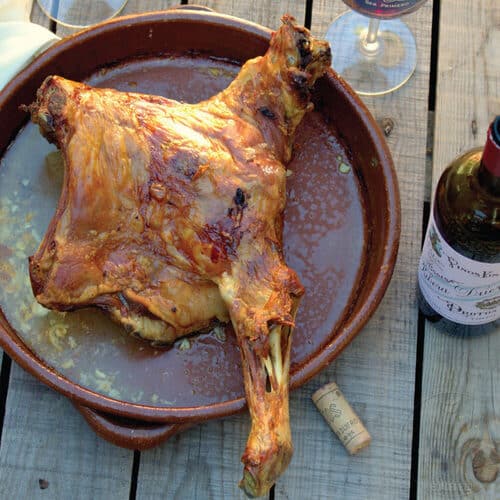
Coastal Culinary Treasures
As you approach the coast, the menu diversifies with an array of fresh seafood. The Galician coast, in particular, is renowned for its empanadas (savoury pastries filled with meat or seafood), and almejas a la marinera (clams in a marinara sauce). The freshness of the ingredients, combined with traditional cooking methods, makes coastal dishes a highlight of the Camino experience.
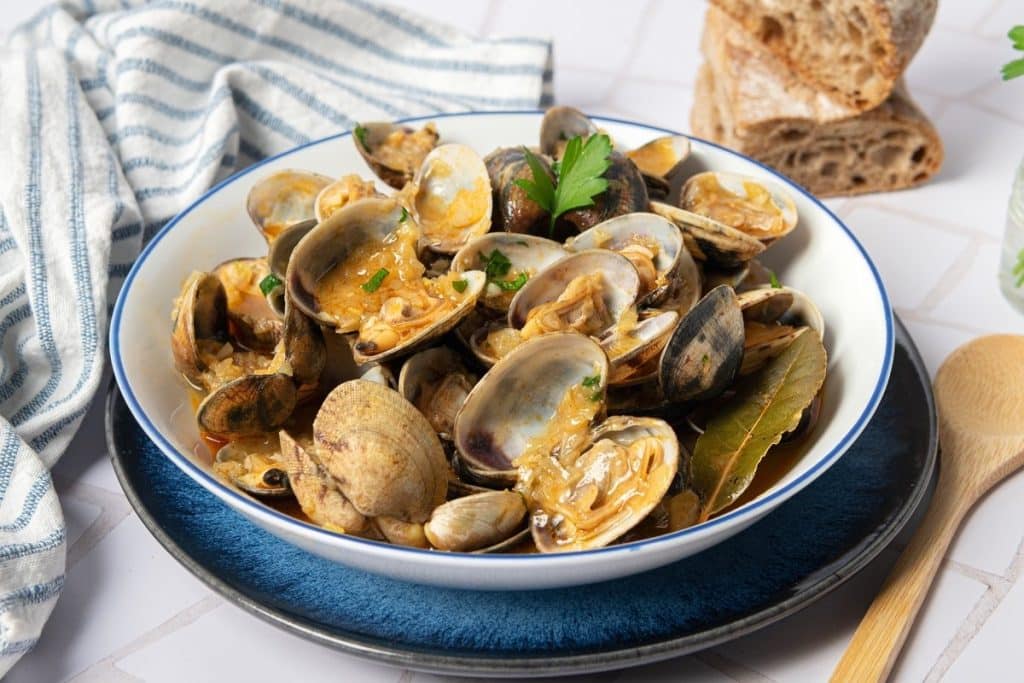
Sipping Through the Camino
No culinary journey is complete without the accompaniment of fine beverages, and the Camino de Santiago is no exception. The regions along the Camino are dotted with vineyards, allowing pilgrims to taste some of Spain’s finest wines.
Wine Regions Along the Way
The Rioja wine region, famous for its robust red wines, is a paradise for oenophiles. Meanwhile, Galicia’s Rías Baixas is home to the Albariño grape, producing crisp, aromatic white wines that perfectly complement local seafood. Not to be overlooked, the Bierzo region in León offers Mencía, a fruity and floral red wine that has gained international acclaim.
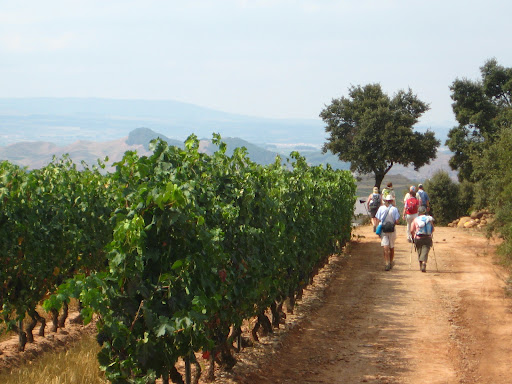
The Refreshing Sidra
In Asturias and Galicia, sidra (cider) is the beverage of choice. This refreshing drink, made from locally grown apples, is often poured from a height to aerate it, adding to the experience. Enjoying a glass of sidra in a traditional sidrería (cider house) is an experience not to be missed.
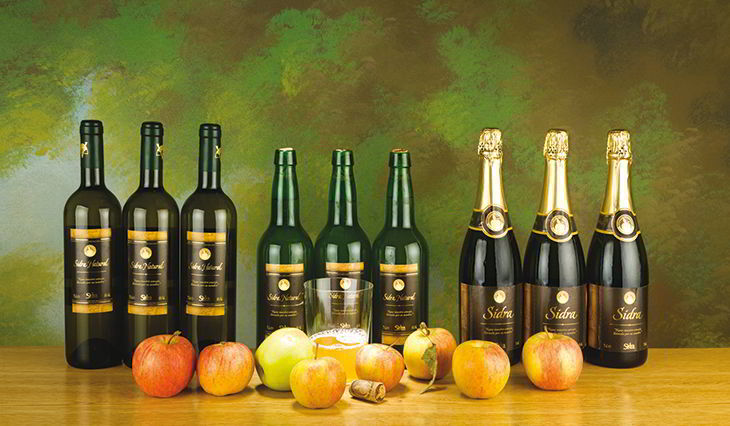
Sweet Endings
Ending a meal with Spanish desserts is always a pleasure, especially when you eat on the Camino, where unique sweet delights showcase local traditions and ingredients. Reward yourself with a well-deserved treat after a day’s walk on the Camino.
Santiago’s Signature Sweet
No culinary tour of the Camino would be complete without trying Tarta de Santiago, an almond cake dusted with powdered sugar and often adorned with the cross of Saint James. Its rich, nutty flavour makes it the perfect accompaniment to a cup of coffee or tea.
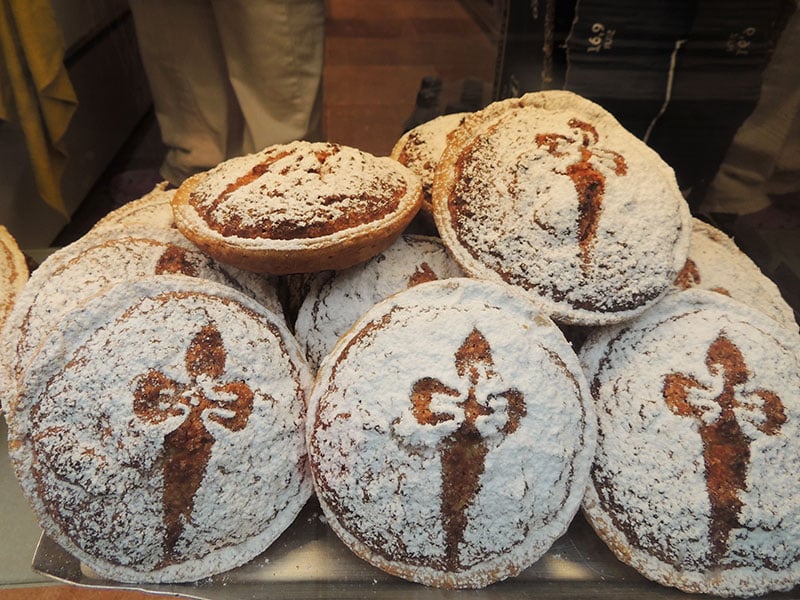
Other Sweet Delights
Other regional sweets include quesada pasiega (a cheesecake-like dessert from Cantabria) and filloas (Galician pancakes), which can be filled with sweet or savoury ingredients. These desserts satisfy the sweet tooth and provide a window into the culinary heritage of the regions along the Camino.
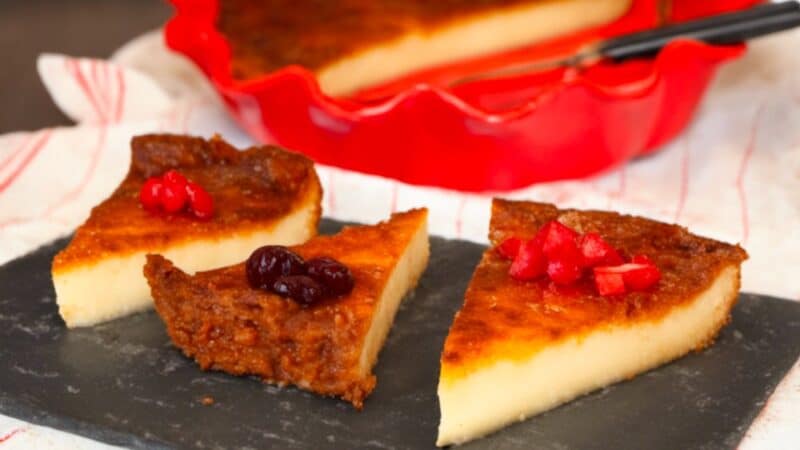
Embracing the Local Gastronomy
Eating on the Camino is about more than just nourishment; it’s an opportunity to engage with local cultures and traditions. Many towns and villages along the route take pride in their culinary heritage, and dining in local eateries is a way to support the communities through which you travel. A Pilgrim’s Food Guide of Santiago de Compostela highlights how Santiago de Compostela can deliver an unmatched culinary experience for pilgrims wanting to spend a few days post-Camino relaxing.
The Joy of Sharing
Mealtimes on the Camino are often communal affairs, with pilgrims sharing tables and stories. This sense of community is at the heart of the Camino experience, and sharing a meal with fellow travellers can lead to lasting friendships.
3 Tips for Culinary Explorers
- Be Adventurous: Don’t hesitate to try new dishes, even if they’re outside your usual comfort zone.
- Ask Locals: Locals are the best source of information on where to eat and what to try.
- Seasonal Specialities: Pay attention to seasonal dishes and ingredients for the freshest and most authentic experiences.
You will always have options when deciding what to eat on the Camino. The Camino de Santiago presents diverse culinary experiences reflecting the landscapes and cultures encountered. From the hearty stews of the north to the delicate seafood of the coast and the refreshing wines that accompany them, the Camino is a feast for the senses. While traversing this ancient route, enjoy the culinary delights crucial to the Camino’s enchantment.
Contact us for more information about Camino food and the Camino de Santiago routes or to book your Camino holiday. Enjoy your culinary adventure! Buen Camino!
